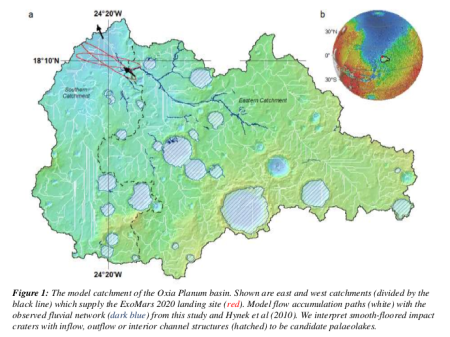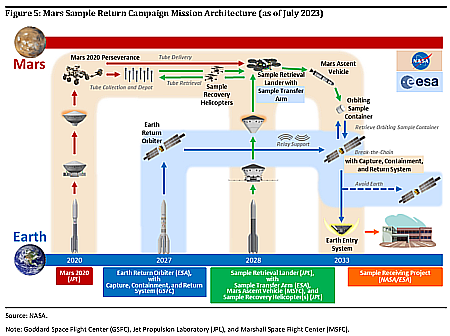Avio completes static fire test of the upper stage of its grounded Vega-C rocket
The Italian company Avio yesterday completed a full static fire test of the solid-fueled upper stage of its grounded Vega-C rocket, proving that the second redesign of its nozzle now works.
The initial post-test review indicates that the new nozzle assembly performed as expected throughout the scheduled 94 seconds burning time of the test, simulating a nominal in-flight performance.
The Zefiro-40 is a 7.6 m tall rocket motor, loaded with over 36 tonnes of solid propellant. For this test the motor was installed on its horizontal test bench. Zefiro-40 is developed and manufactured by Avio in their Colleferro factory near Rome, Italy.
A second firing-test will be conducted after the summer to confirm the data collected today. Avio engineers will review the data from the first test to prepare for a second test in October that will then qualify the second stage Zefiro-40 solid rocket motor for a return-to-flight by end 2024 from Europe’s Spaceport in French Guiana.
The nozzle — originally built in the Ukraine — had failed during a launch in December 2022. Then Avio’s first redesign failed in a ground test in July 2023.
With this launch, the Vega-C is poised to resume operations by the end of the year. Those operations will be different however in one major respect. While previously the rocket was built by Avio but owned and controlled by the European Space Agency’s commercial arm, Arianespace, its ownership has been transferred back to Avio. Arianespace is now merely a “launch service provider” according to the press release. I suspect this means that Arianespace handles the launch in French Guiana, something that will also soon be taken from it because control of that spaceport is also being returned to the French space agency CNES.
The Italian company Avio yesterday completed a full static fire test of the solid-fueled upper stage of its grounded Vega-C rocket, proving that the second redesign of its nozzle now works.
The initial post-test review indicates that the new nozzle assembly performed as expected throughout the scheduled 94 seconds burning time of the test, simulating a nominal in-flight performance.
The Zefiro-40 is a 7.6 m tall rocket motor, loaded with over 36 tonnes of solid propellant. For this test the motor was installed on its horizontal test bench. Zefiro-40 is developed and manufactured by Avio in their Colleferro factory near Rome, Italy.
A second firing-test will be conducted after the summer to confirm the data collected today. Avio engineers will review the data from the first test to prepare for a second test in October that will then qualify the second stage Zefiro-40 solid rocket motor for a return-to-flight by end 2024 from Europe’s Spaceport in French Guiana.
The nozzle — originally built in the Ukraine — had failed during a launch in December 2022. Then Avio’s first redesign failed in a ground test in July 2023.
With this launch, the Vega-C is poised to resume operations by the end of the year. Those operations will be different however in one major respect. While previously the rocket was built by Avio but owned and controlled by the European Space Agency’s commercial arm, Arianespace, its ownership has been transferred back to Avio. Arianespace is now merely a “launch service provider” according to the press release. I suspect this means that Arianespace handles the launch in French Guiana, something that will also soon be taken from it because control of that spaceport is also being returned to the French space agency CNES.



